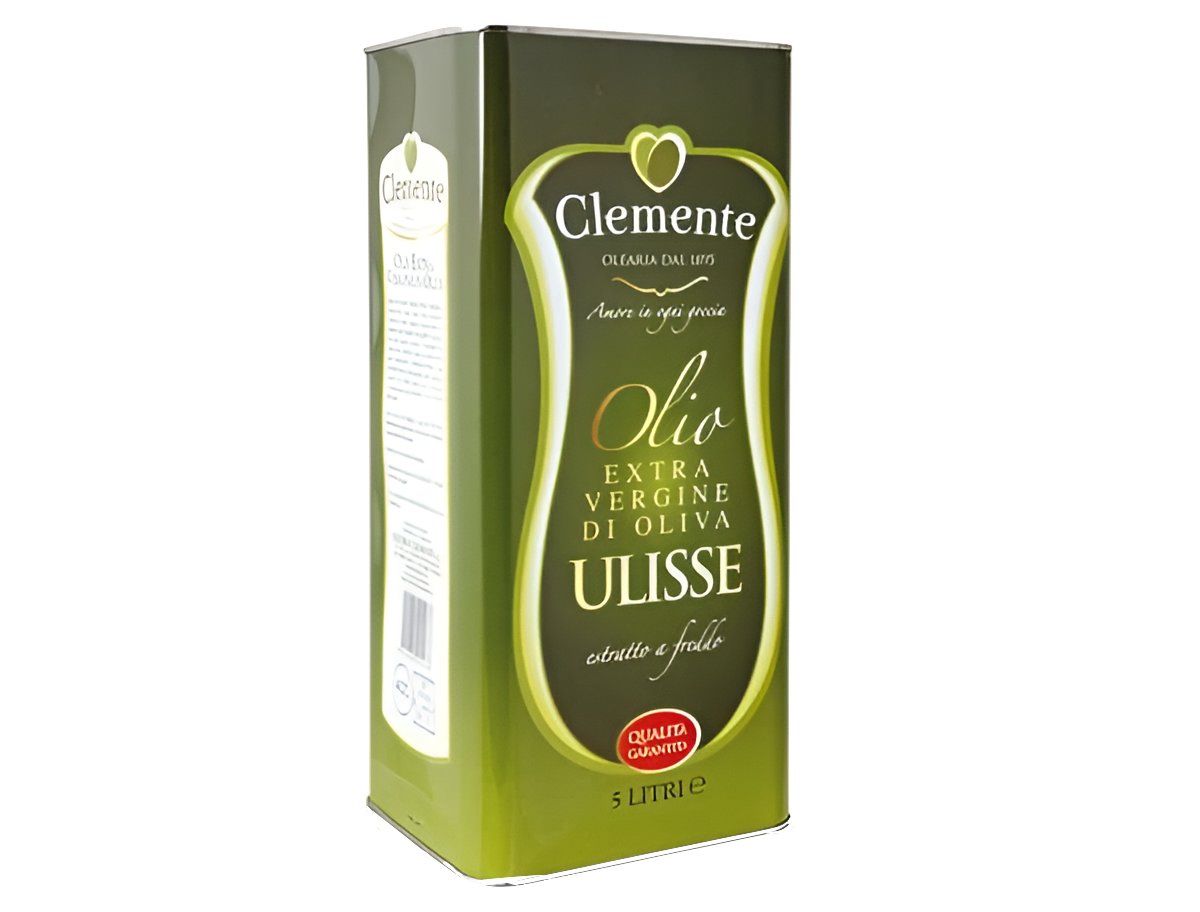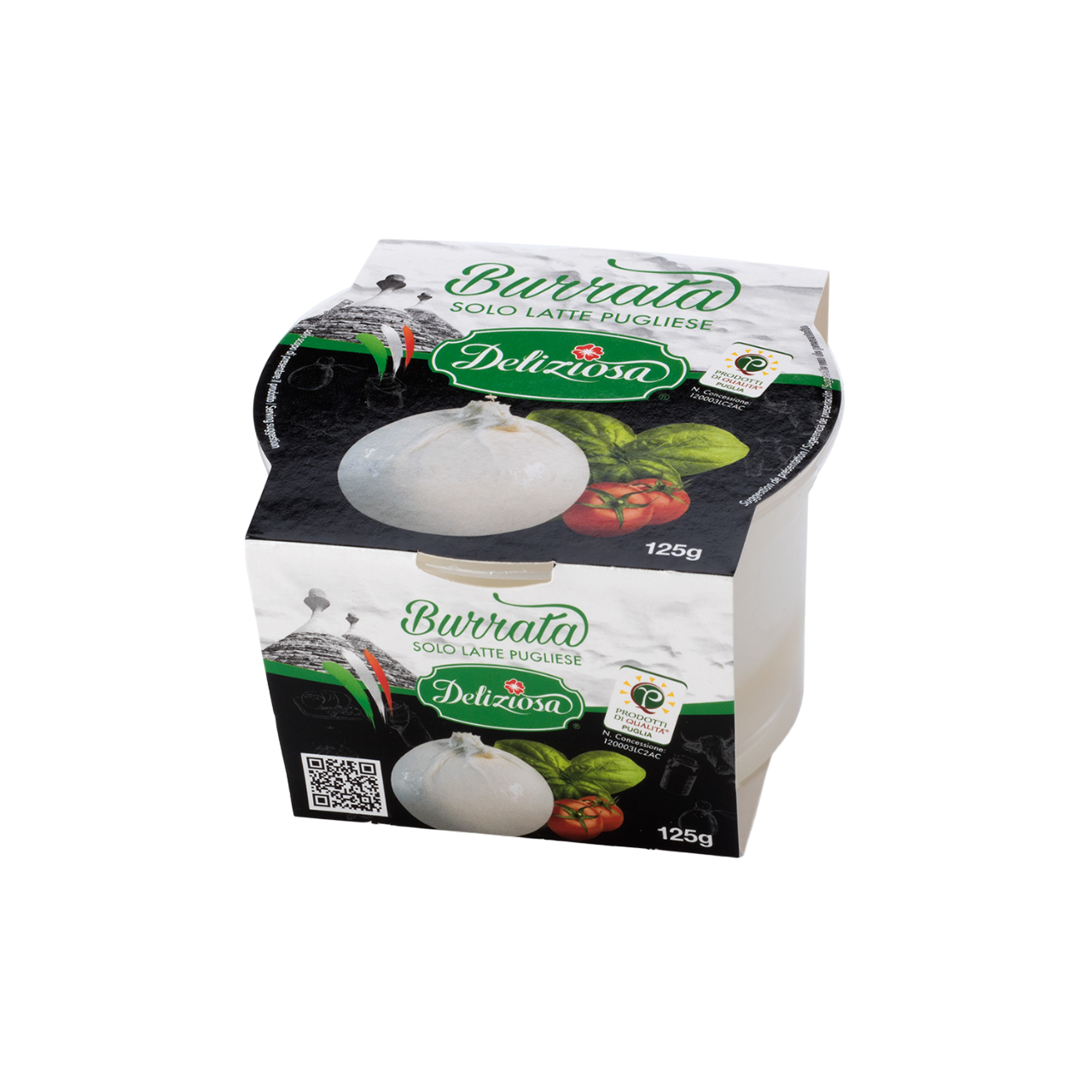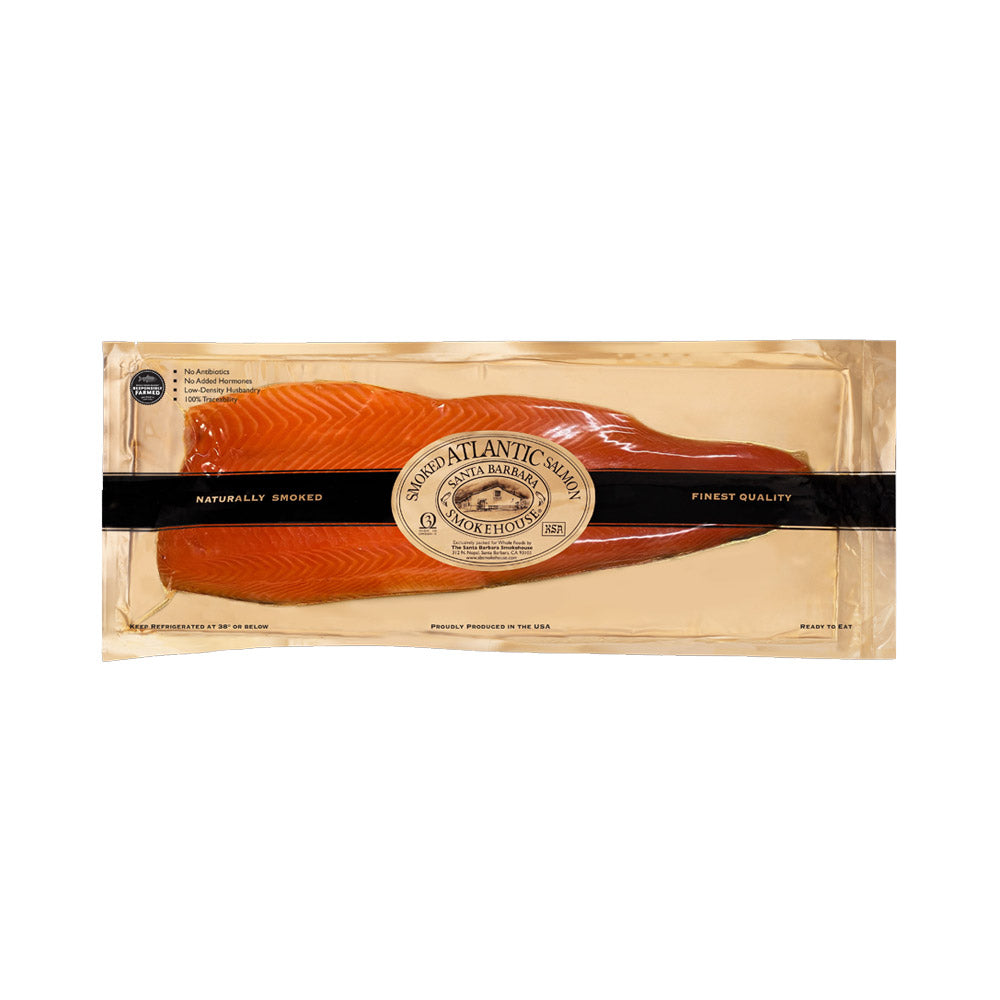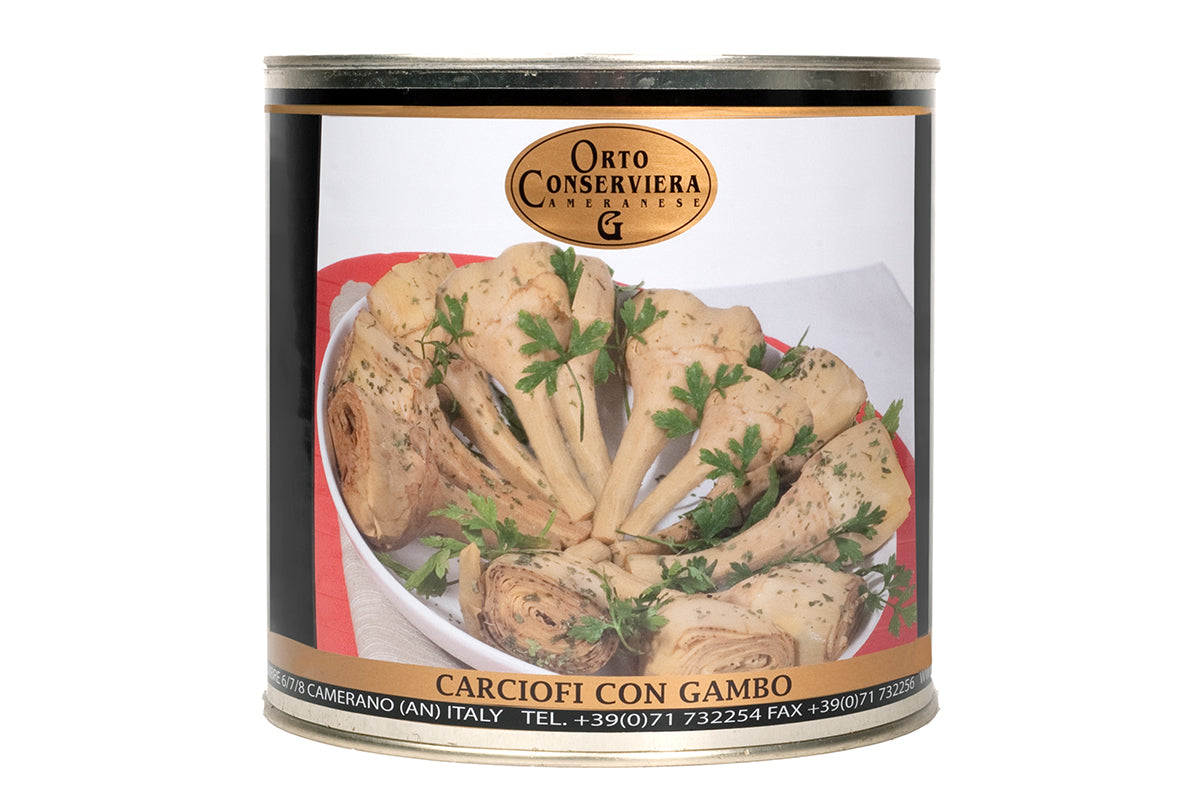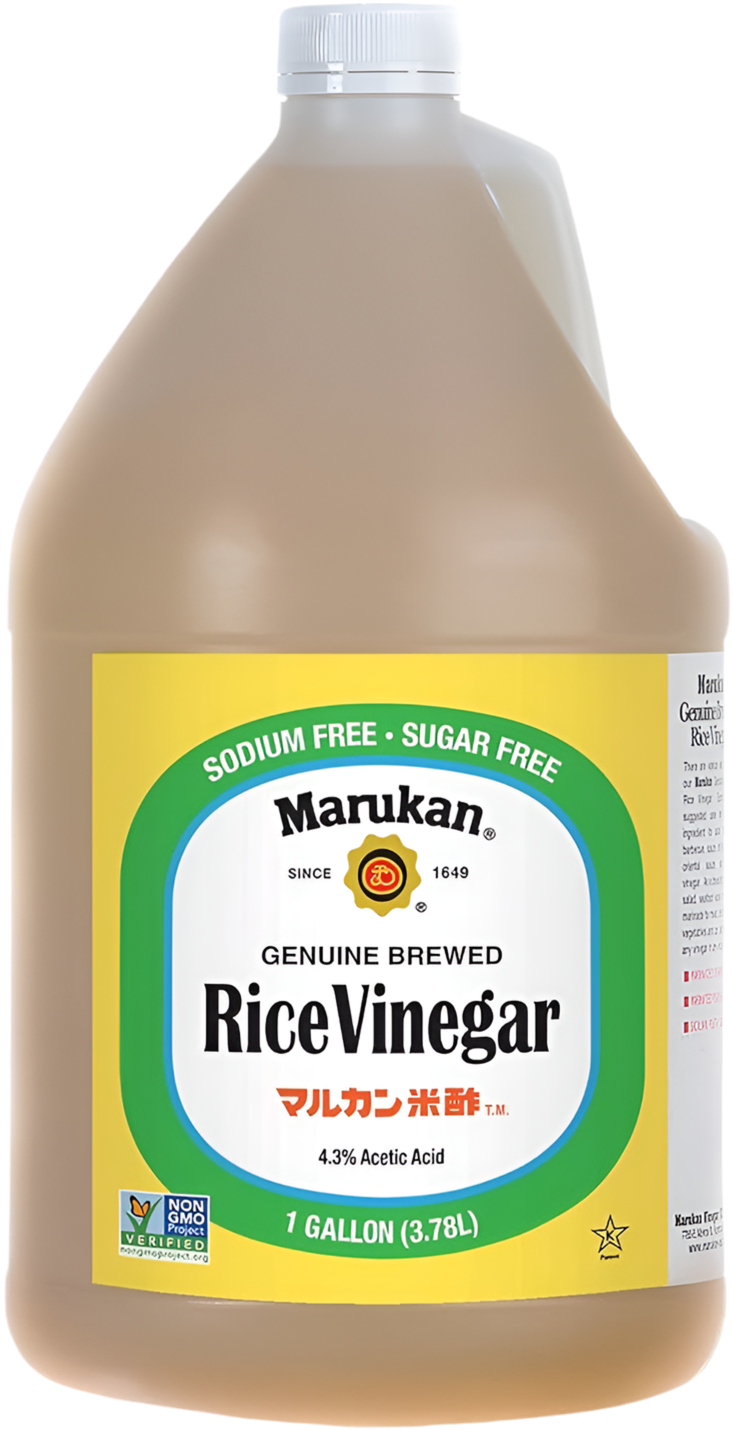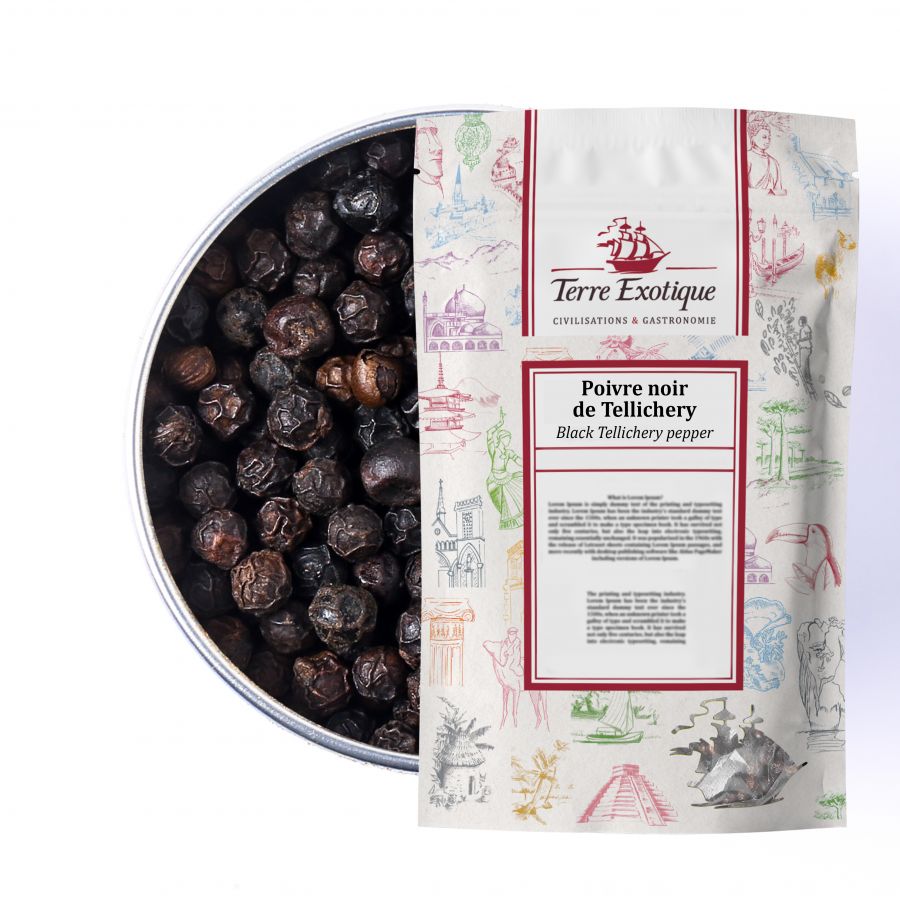Wild Japanese Amadai, also known as tilefish, is a delicacy renowned for its sweet, delicate flavor and unique preparation methods. Sourced from the Yamaguchi Prefecture, an area celebrated for its clean, nutrient-rich waters, Amadai is especially valued in Japanese cuisine for its tender flesh and slightly crispy, edible scales. This fish is prized among chefs for its versatility and is often served in high-end kaiseki dining, where it is prepared in ways that highlight its natural umami and sweetness.
What Makes Amadai Special?
Amadai from Yamaguchi stands out due to the pristine, cold waters of the region, which contribute to the fish's high-quality, mildly sweet flesh and soft texture. One of the most distinctive aspects of Amadai is the “matsukawa-yaki” technique, a cooking style where the scales are crisped and left on the fish, providing a crunchy contrast to the delicate meat. Yamaguchi’s traditional fishing methods also ensure the freshness and sustainability of Amadai, capturing the fish at its peak to deliver unparalleled flavor and texture.
Taste Profile Wild Japanese Amadai offers a mildly sweet, tender, and juicy flesh with an underlying umami. The unique matsukawa-yaki method brings an added layer of texture, with crisp scales that add a subtle, savory crunch, enhancing the fish’s delicate flavor profile.
Culinary Applications
-
Matsukawa-yaki (Scale-Crisping): This traditional Japanese technique keeps the scales on while cooking, creating a delightful contrast between the crispy skin and tender flesh. The method is especially popular for grilling or pan-searing.
-
Sashimi & Sushi: Amadai can also be served as sashimi, where its delicate flavor is fully appreciated in raw form.
-
Steamed or Simmered: Steaming or simmering in dashi-based broths enhances its subtle umami and sweetness, perfect for soups and delicate sauces.
-
Poaching: Poaching in light stocks or seasoned water allows Amadai’s mild flavors to shine through, maintaining its silky, flaky texture.
Pairings Amadai pairs exceptionally well with light citrus such as yuzu or lemon, which brightens its subtle sweetness. It also complements dashi-based sauces, soy, and mild herbs such as shiso. For a refined pairing experience, try serving it with sake or light, crisp white wines like a Sauvignon Blanc or Chablis.
Sustainability & Sourcing Yamaguchi’s fishing practices prioritize sustainable methods, respecting the local marine ecosystem. This ensures that Amadai remains a high-quality, responsibly sourced option for seafood lovers.
Packaging Available in whole fish, gilled and gutted, or fillet cuts. The product is delivered fresh, without vacuum-sealing, to retain its natural texture and flavor integrity.
Storage Instructions Store chilled and consume within a few days of receiving to enjoy its optimal freshness. Amadai can be frozen, though it’s best enjoyed fresh to fully experience its unique texture and mild, sweet flavor.


